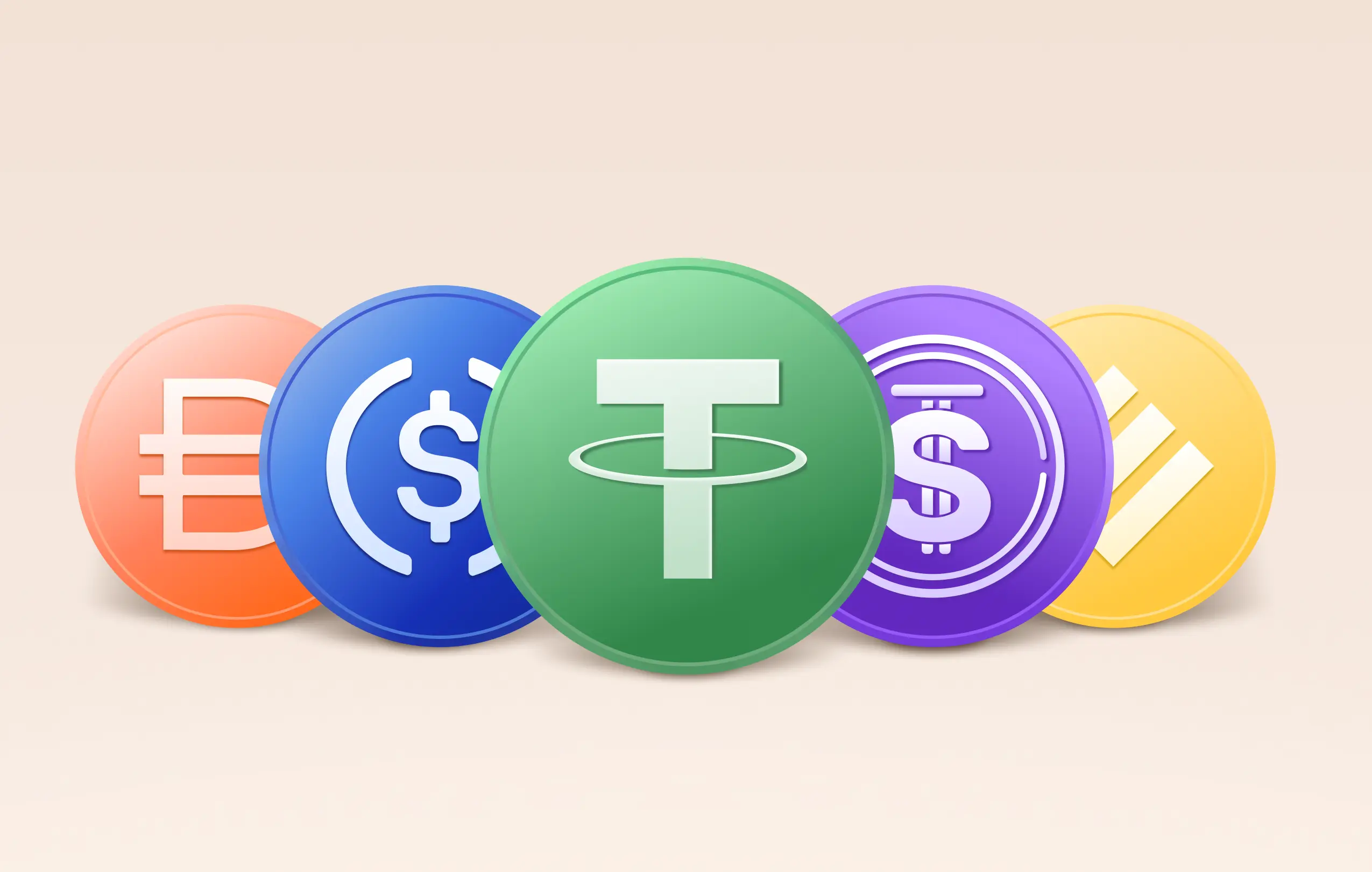What is a Stablecoin?
Cryptocurrencies like Bitcoin were created as a means for online transactions, payments, and settlements. However, they are not being used due to their high price volatility. The exchange rate with fiat currencies changes constantly, and even in a short period, fluctuations can occur, posing a risk of potential losses for both sellers and buyers.
To address these drawbacks and make cryptocurrencies a viable electronic payment method, stablecoins were introduced. A stablecoin, as the name suggests, is a coin with stable value designed for transactions. It represents a coin with value stability.
Stablecoins have a fixed price of 1 dollar. They are mainly used for buying and selling other coins due to their lack of price volatility. Unlike in Korea, where trading is done in won, most foreign cryptocurrency exchanges trade coins in stablecoins rather than fiat currencies.
That is, you first convert your national currency into a stablecoin, and then use the stablecoin to buy other coins. Stablecoins are sometimes compared to "poker chips used in casinos". Like casino chips, stablecoins have a fixed value but are essential for participating in the game.
The Role and Significance of Stablecoins
In the market, stablecoins are used for 1) buying and selling cryptocurrencies like Bitcoin or Ethereum with stablecoins, or 2) supplying liquidity to the ecosystem.
In domestic markets, people are generally not familiar with the concept of stablecoins because they usually deposit Korean won into exchanges to buy cryptocurrencies. However, most exchanges located overseas allow the purchase of Bitcoin or Ethereum using stablecoins. Since one stablecoin is equivalent to one dollar, it is actively used in cryptocurrency transactions.
Additionally, stablecoins represent the overall liquidity of the cryptocurrency market. An increase in the number of stablecoins (equivalent to dollars) means that money is entering the market and liquidity is being supplied.
Classification of Stablecoins Based on Collateral
You can exchange the stablecoins you own for an equivalent value of dollars at the company that created the stablecoins. Therefore, the creators of stablecoins must ensure that they maintain the 1 dollar = 1 stablecoin ratio. Stablecoins can be divided into three main types based on the method used to maintain this price:
- Fiat-collateralized stablecoins: These stablecoins are issued and circulated by depositing a certain amount of fiat currency in a specific institution.
- Crypto-collateralized stablecoins: In this case, stablecoin users deposit cryptocurrencies as collateral and borrow stablecoins in return.
- Algorithmic non-collateralized stablecoins: These stablecoins maintain their target price by adjusting the supply of coins based on demand fluctuations in the system.
Generally, the stablecoins we are familiar with are mostly fiat-collateralized stablecoins, such as USDT, USDC, and BUSD.
Reserve Issues with Fiat-Collateralized Stablecoins
Stablecoins must be exchangeable for one dollar at any time. Therefore, the issuer of stablecoins must have assets equal to the amount of stablecoins they have issued. This is because they must be able to return the dollar when an exchange request is made. These assets are referred to as reserves.
Reserves are a concept used in traditional finance, and stablecoin reserves are mostly composed of stable assets. In the past, stablecoin issuers used to hold riskier assets like commercial papers as reserves to generate profits. However, recently, they have started using highly liquid and cash-equivalent assets, such as cash and short-term government bonds.
Stablecoin risks can arise when reserves are inadequate or when there are issues with the bank holding the reserves. Even though stablecoins are designed to maintain a fixed value of one dollar, their price may fluctuate in cases like these. While stablecoins offer high stability due to their fixed value, they are not government-guaranteed products, so it is essential to exercise caution when using them.
